Heads Up!
Headliner color is the single most under appreciated feature of a car. In an era of cost cutting, de-contenting, and in-car subscriptions, gray headliners make the most sense for a manufacturer. It goes with any color upholstery and who bothers to look up when they’re driving? If you have a beige interior, maybe your car has a beige headliner to match, and that is a big maybe. But there is a third, rarer color, headliner out there that makes your driving experience so much better. Perhaps even safer! How can a headliner be safer? Read on!
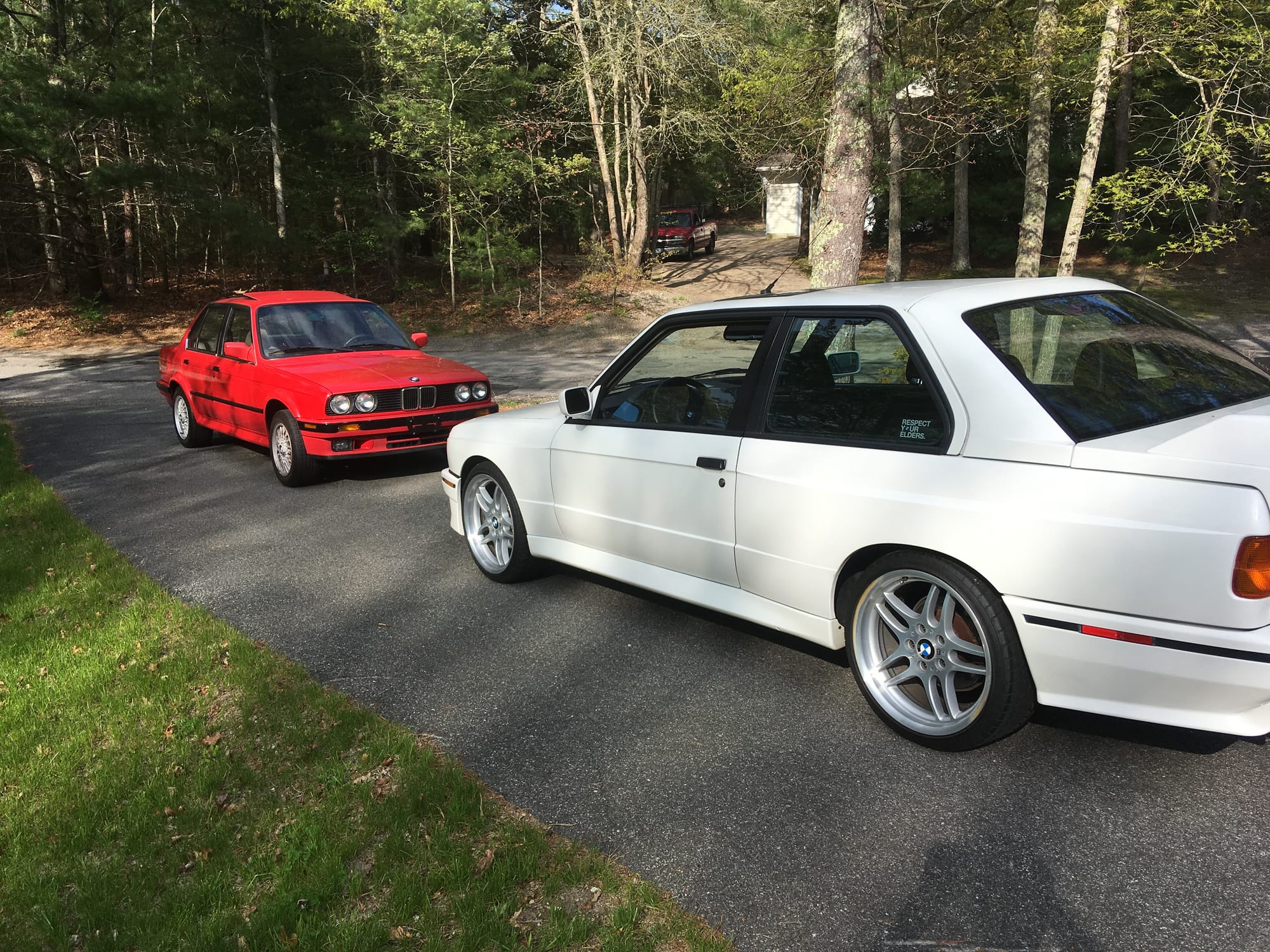
In the summer of 2004 I bought a 1997 BMW M3 sedan with an automatic transmission. *GASP* Had it not been spec’ed with glorious Boston Green paint and a Dove Gray interior, I probably would have passed on it, but I’m glad I didn’t. It was a fun upgrade from the “pedestrian” 3 and 5-series BMW’s I had owned despite having a lame slushbox transmission. It took me a few days to notice that despite having a light, almost white interior, it had a black headliner. All my previous BMW's had grey headliners. I scratched my head as to why it was made this way, but never thought much about it. After I began working for my local BMW dealership and found myself driving more and more M cars, I began to piece everything together. Believe it or not, every single BMW “M Model” has a black headliner, regardless of what color interior the car has. Beige…Red…Black…Grey…two tone…it doesn’t matter…They all have black headliners. Meanwhile, all the lesser models are spec’ed with gray or beige. But why?
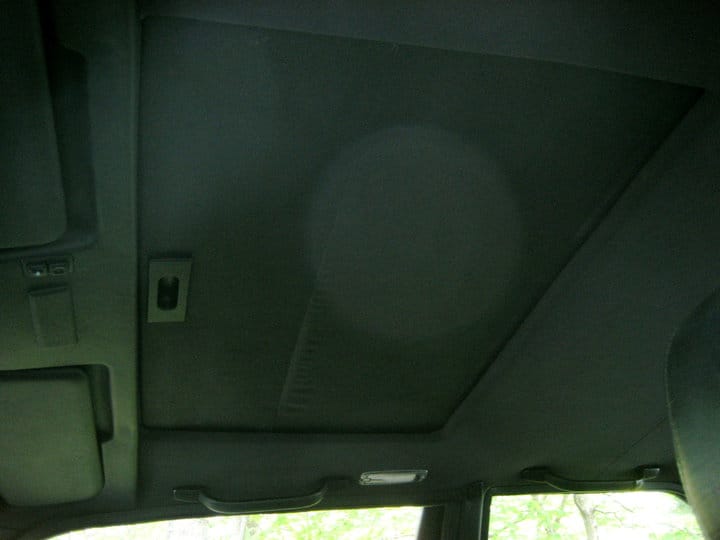
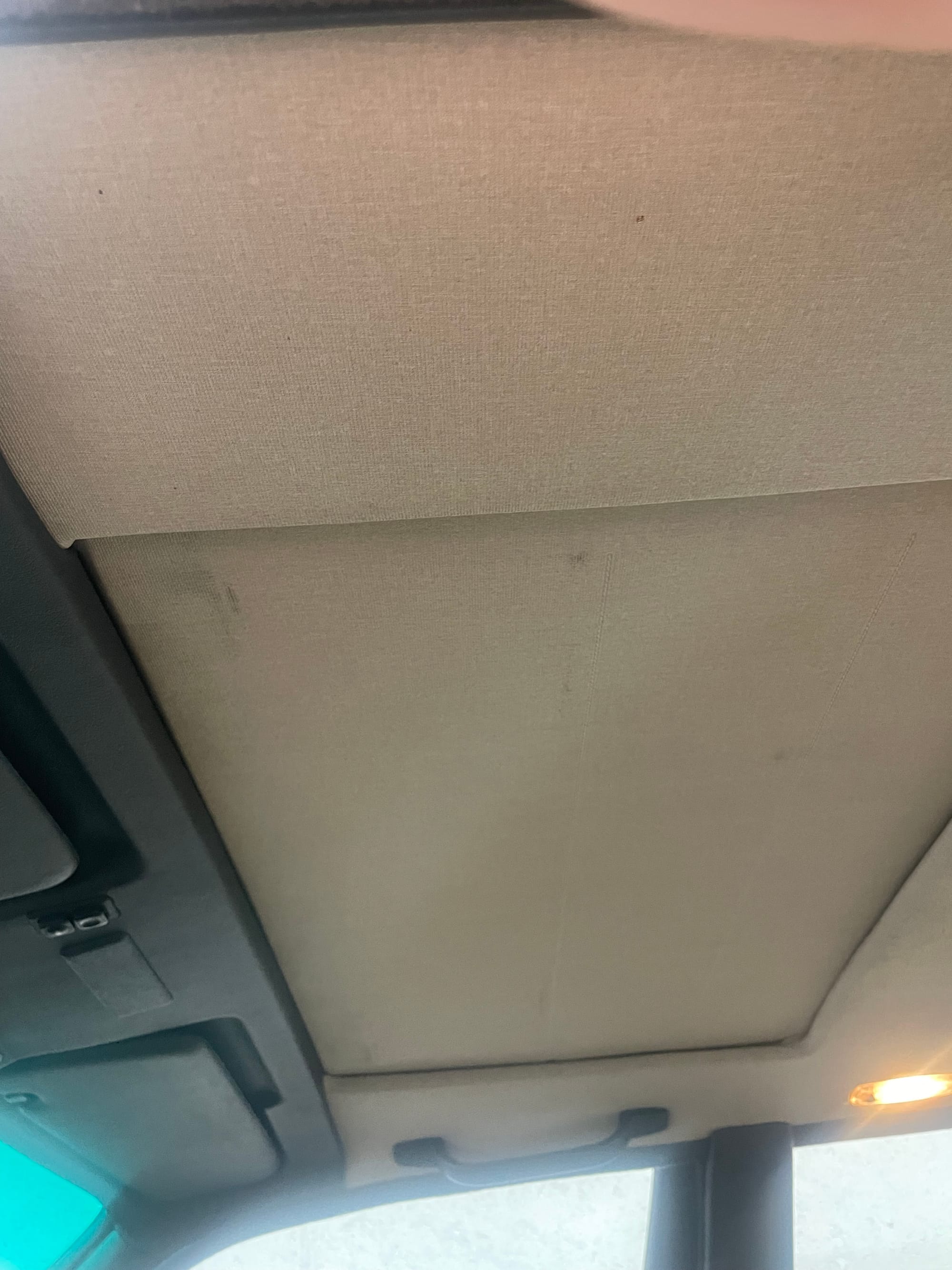
A tale of two headliners. The black headliner of my '88 M3 vs. the beige of my '91 325iX sedan. Notice how there's less glare outside? Had I not spent so much time in basically identical interiors, I might have never noticed.
It took me even longer to figure out the method to BMW’s madness. Which in this case is actually genius. It all boils down to outward visibility for the driver. Having a black headliner over the driver acts like the brim of a baseball cap or a visor. The dark color close to your eyes increases contrast outside of the vehicle, enabling you to see better. It also cuts down on reflections. Inside a car at night, a dark headliner can help reduce glare too.
Are there downsides? I’d argue no, but alas my opinion sucks occasionally. Lighter headliners can trick you into thinking a car is more open and airy. If you’re claustrophobic I suppose is a good thing, but I can't think of any other scenarios where this grey or beige is better. If I had my way, every car would have a black headliner.
Now that BMW is slapping the letter M on anything with four wheels, more and more of their offerings are coming with black headliners and I doubt many people besides me notice. Recently, the fine folks at Mercedes-Benz of Warwick loaned me a base model 2025 C300. It was a car with literally no options on the window sticker, yet it was equipped with my favorite color headliner despite having killer light grey-ish beige MB-Tex seats.
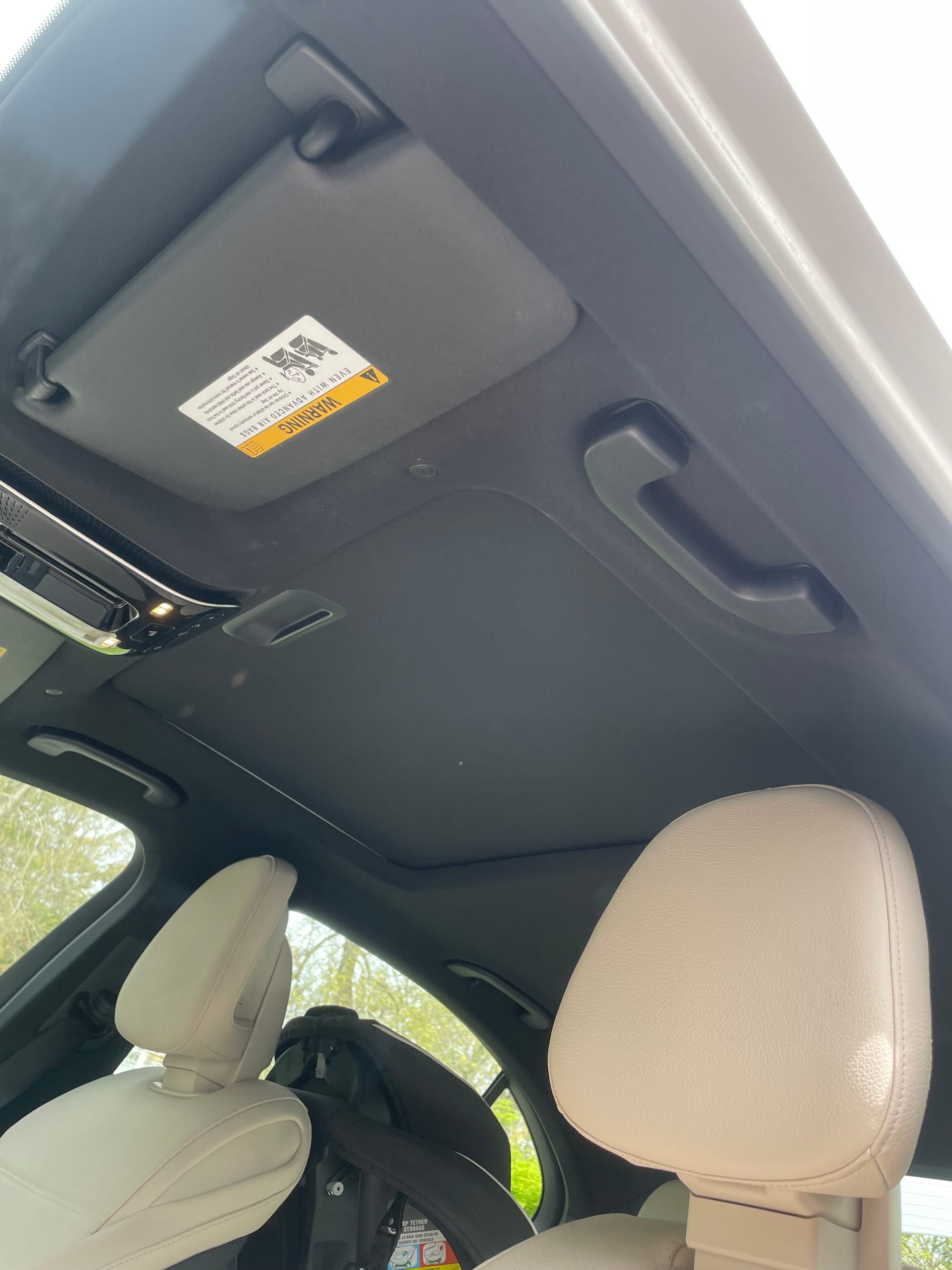
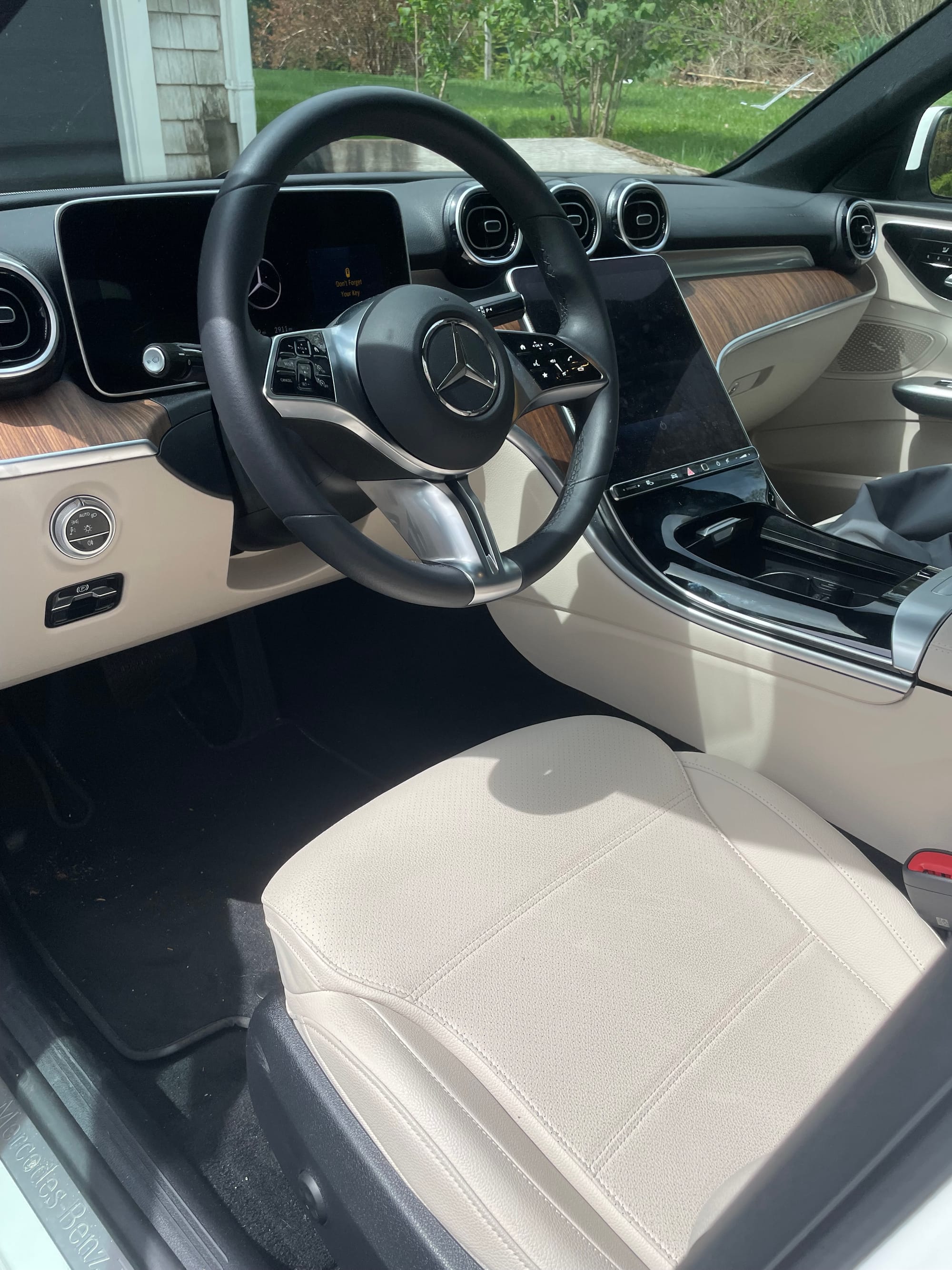
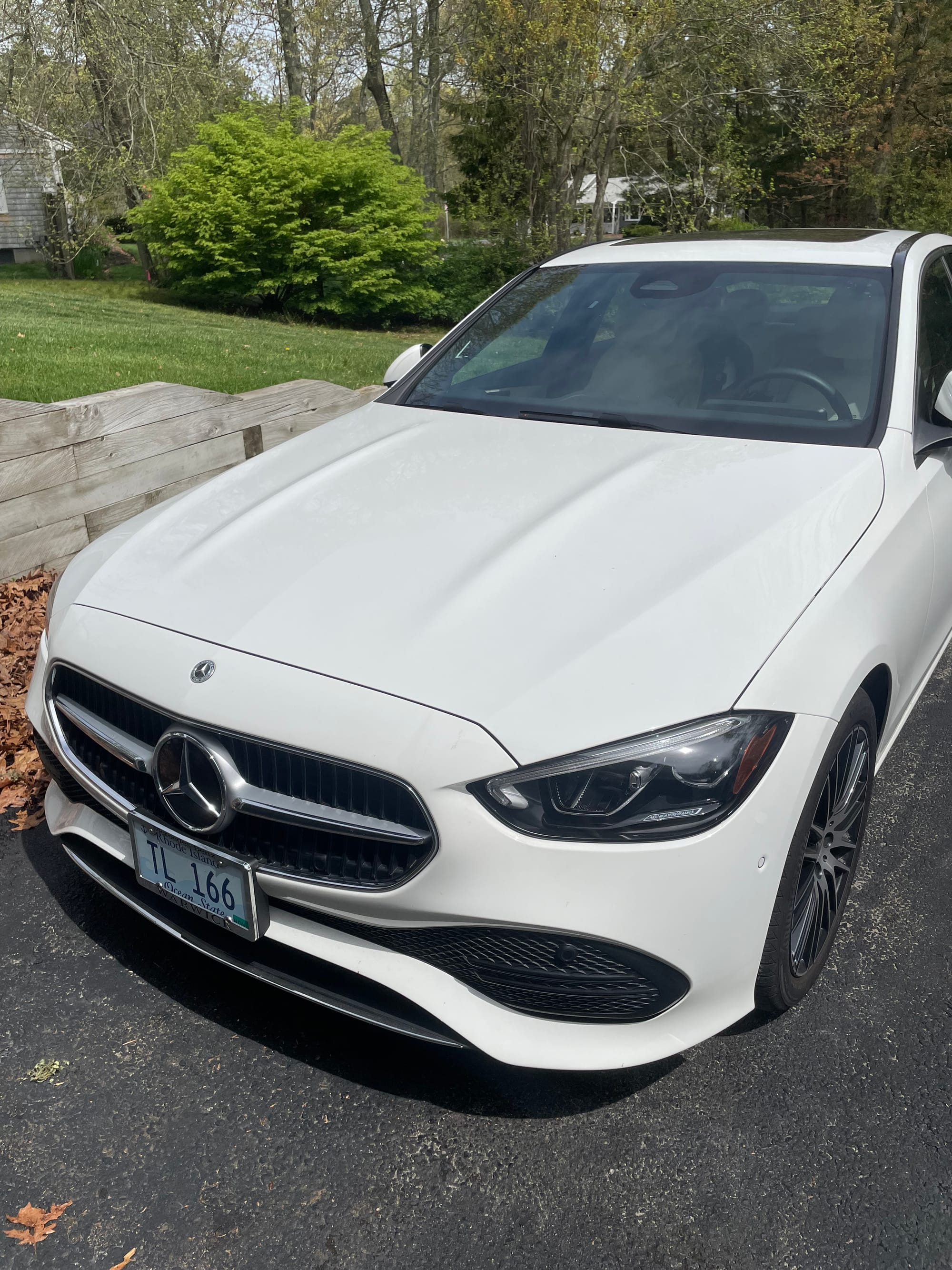
Does light Greige upholstery look weird with a black headliner? I don't think so, but you might. The Germans certainly don't care about your opinion when it increases outward visibility.
As I cruised off to a work conference at a swanky hotel for the weekend, I knew I was bound to be stuck in traffic for hours on a sunny day. But I was pumped that my low spec loaner was spec'ed with the best headliner color. Is the black headliner a product of Mercedes watering down the status of AMG cars? Absolutely. Do I hate that? Absolutely. But only because virtually nobody, yourself included, thinks of their headliner. Unless it gets old and droopy.
So the next time you hop in a car, heads up!
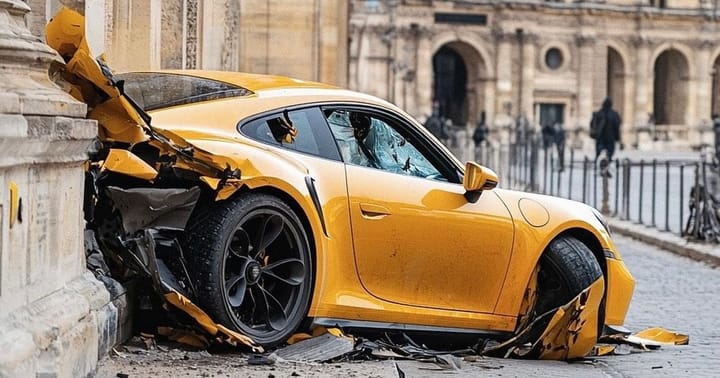
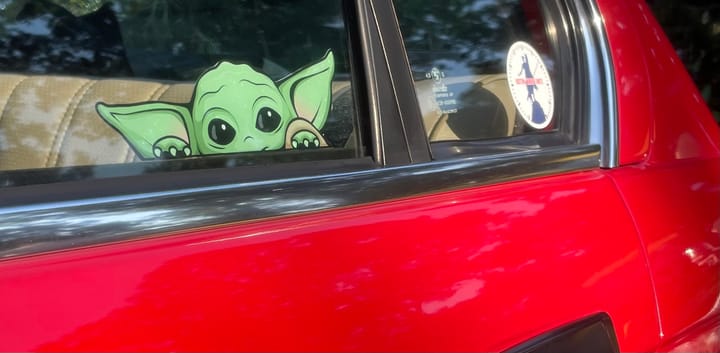
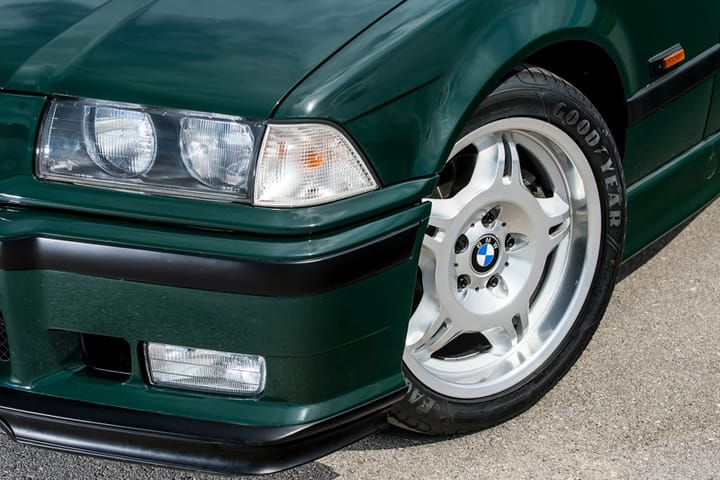
Comments ()